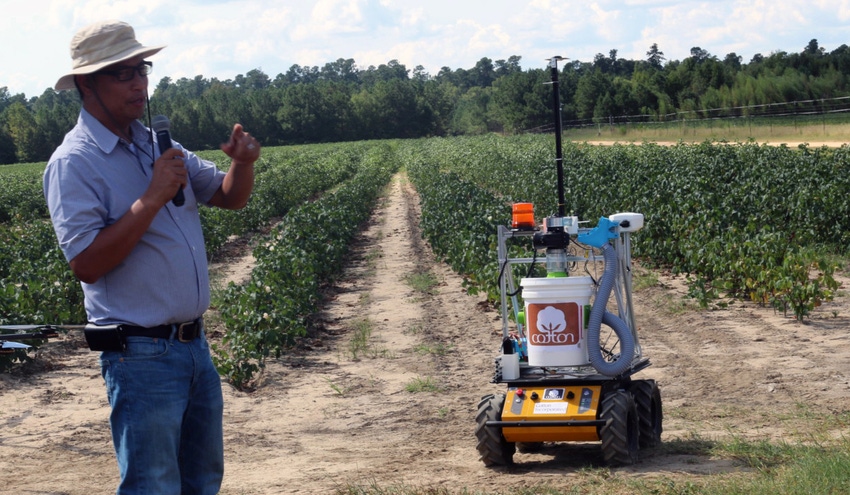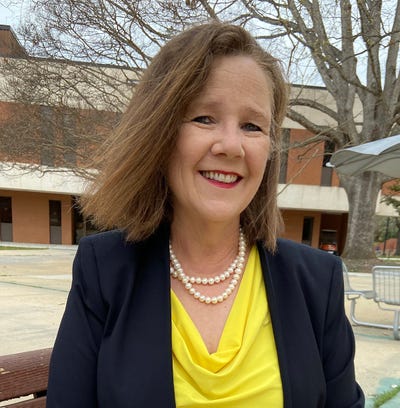
With labor costs reaching more than 10 percent of farm revenue, Clemson University researchers are working to help American farmers keep more money in their pockets.
Joe Mari Maja, a research sensor engineer at Clemson’s Edisto Research and Education Center, has received a grant from Cotton Incorporated to design and develop a cotton harvester attachment for an Unmanned Ground Vehicle (UGV) or robot. Maja and his team are researching how to build a more affordable harvester that will help farmers reduce labor costs.
“One major challenge American cotton farmers face is competition from polyester produced in China,” Maja said. “China has overproduced polyester, resulting in polyester prices that are about 50 percent less than cotton. This has resulted in suppressed cotton prices and cotton farmers are getting less for their crops.”
The United States is the third largest cotton producing country in the world, behind India and China. To get ahead of India and China, American cotton farmers must be able to increase production efficiency while reducing labor costs. Using cotton harvesting machines is one method farmers can reduce labor and still pick cotton as soon as the bolls open. But harvesting machines can cost as much as $700,000. In addition to costs, there also are concerns about soil compaction and the chance that rain may fall on open bolls waiting to be picked.
Minimal costs went in to the prototype harvester’s initial design which consists of a vacuum system that sucks the bolls from cotton plants and deposits the bolls into a storage bin made from a modified five-gallon bucket with a sealed lid. Two hoses, each with 3-holed suction inlets attached to one end, protrude from opposite sides of the bin. Performance test on the vacuum prototype will be performed during the 2018 harvest season. A 3-D printer was used to construct the suction inlets, as well as other parts needed for the harvester. A support frame of aluminum was developed and used to support the different components of the harvester. Average cost for a UGV for research is $22,000. The cost of robotic cotton harvester prototypes is anticipated to be roughly $4,000.
“But it is envisioned that a new UGV will be developed with the prototype for less than $10,000,” Maja said.
The robot is programmed to go to specific locations within a field to harvest mature cotton balls. It is guided by a waypoint navigation code installed in a remote computer. Marlowe Edgar C. Burce, a postdoc in charge of programming, navigation and controls/system integration for the project developed the code. This code works with a Global Positioning System (GPS) to guide the robot. UGVs are powered by 24V batteries, and has a power distribution of 5V, 12V and 24V on the unit. Depending on the payload, these machines can travel at a rate of about 2 miles per hour for about 2-3 hours before needing a recharge.
About the Author(s)
You May Also Like






